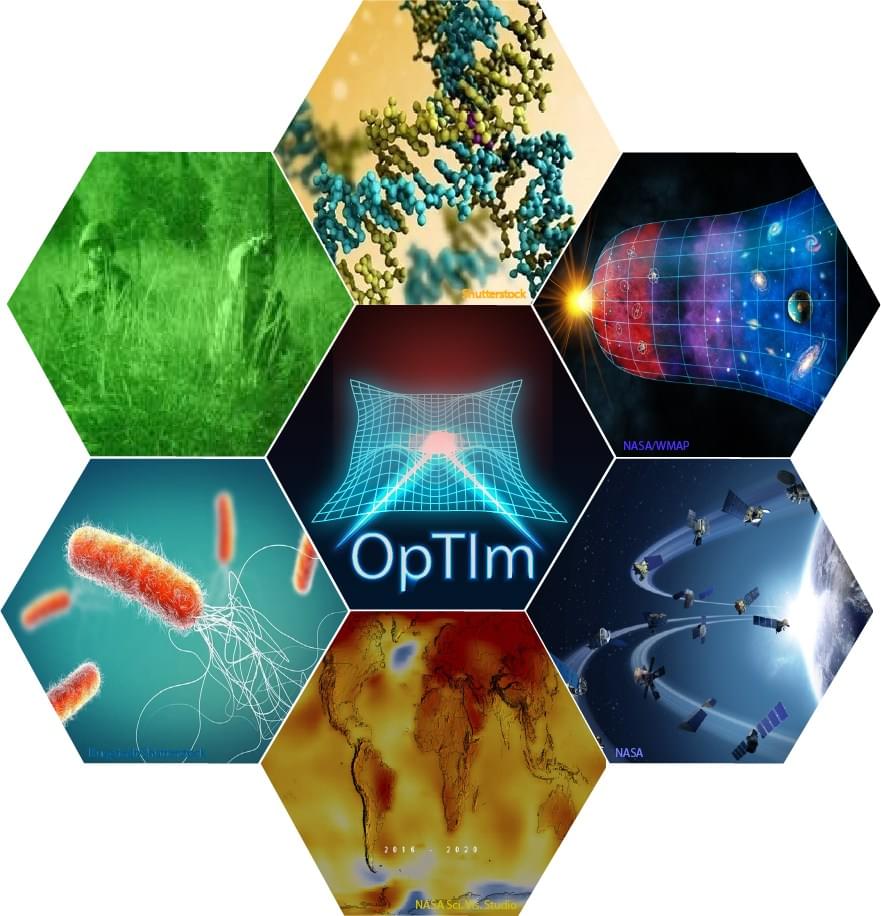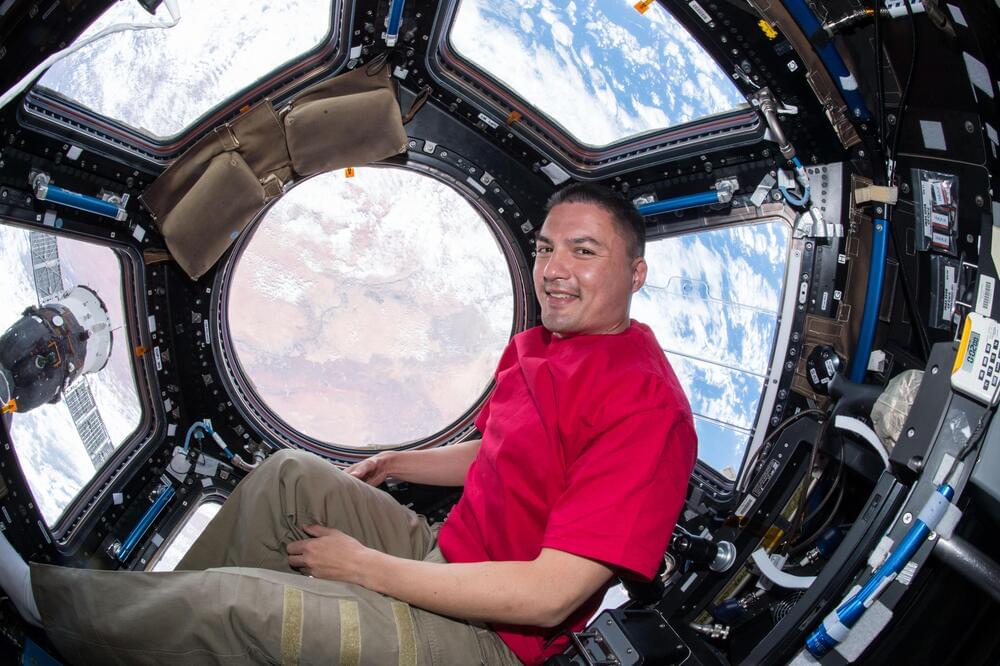If successful it would revolutionize battlefield surveillance, night vision, and terrestrial & space imaging plus many commercial applications: https://www.darpa.mil/news-events/2022-09-02


If successful it would revolutionize battlefield surveillance, night vision, and terrestrial & space imaging plus many commercial applications: https://www.darpa.mil/news-events/2022-09-02

Using the Very Large Telescope and the radio telescope ALMA in Chile, a team of astronomers including researchers from the Niels Bohr Institute has discovered a swarm of galaxies orbiting the surroundings of a hyper-luminous and vigorously star-forming galaxy in the early universe. The observation provides important clues to how exceptionally bright galaxies grow, and to how they evolve into energetic quasars, beaming light across most of the observable universe.

THE artificial intelligence revolution has only just begun, but there have already been numerous unsettling developments.
AI programs can be used to act on humans’ worst instincts or achieve humans’ more wicked goals, like creating weapons or terrifying its creators with a lack of morality.
Artificial intelligence is a catch-all phrase for a computer program designed to simulate, mimic or copy human thinking processes.

A team of researchers at University College London, working with a colleague from Nylers Ltd. and another from XPCI Technology Ltd., has developed a new way to X-ray luggage to detect small amounts of explosives. In their paper published in the journal Nature Communications, the group describes modifying a traditional X-ray device and applying a deep-learning application to better detect explosive materials in luggage.
Prior research has shown that when X-rays strike materials, they produce tiny bends that vary depending on the type of material. They sought to take advantage of these bends to create a precision X-ray machine.
The researchers first added a small change to an existing X-ray machine—a box containing masks, which are sheets of metal with tiny holes in them. The masks serve to split the X-ray beam into multiple smaller beams. The researchers then used the device to scan a variety of objects containing embedded explosive materials and fed the results to a deep-learning AI application. The idea was to teach the machine what the tiny bends in such materials looked like. Once the machine was trained, they used it to scan other objects with embedded explosives to see if it could identify them. The researchers found their machine to be 100% accurate under lab settings.


NEWS MEDIA CONTACTS: Ethan Huffman, (208) 716‑4594, [email protected] Sarah Neumann, (208) 526‑0490, [email protected]

In the Providentia++ project, researchers at the Technical University of Munich (TUM) have worked with industry partners to develop a technology to complement the vehicle perspective based on onboard sensor input with a bird’s-eye view of traffic conditions. This improves road safety, including for autonomous driving.
The expectations for autonomous driving are clear: “Cars have to travel safely not only at low speeds, but also in fast-moving traffic,” says Jörg Schrepfer, the head of Driving Advanced Research Germany at Valeo. For example, when objects fall off a truck, the “egocentric” perspective of a car will often be unable to detect the hazardous debris in time. “In these cases, it will be difficult to execute smooth evasive action,” says Schrepfer.
Researchers in the Providentia++ project have developed a system to transmit an additional view of the traffic situation into vehicles. “Using sensors on overhead sign bridges and masts, we have created a reliable, real-time digital twin of the traffic situation on our test route that functions around the clock,” says Prof. Alois Knoll, project lead manager TUM. “With this system, we can now complement the vehicle’s view with an external perspective—a bird’s-eye view—and incorporate the behavior of other road users into decisions.”
University of Portsmouth joins leading AI researchers at DeepMind to help engineer faster acting enzymes for recycling some of the worlds most polluting single use plastics.
The University’s Centre for Enzyme Innovation (CEI) has used DeepMind’s ground-breaking AI system to make strides in their research on circular recycling.
Minimizing personnel costs and vulnerability
“The goal is to build a plane that can launch from ship flight decks and small austere land locations in adverse weather without launch and recovery equipment typically needed for these systems,” stated DARPA’s press release published on Friday.
American physicist, professor of theoretical physics at Stanford University, and founding director of the Stanford Institute for Theoretical Physics, Leonard Susskind, explains black holes, quantum physics, general relativity and how they are intertwined.
Knowing how the laws of physics behave at the extremes of space and time, near a black hole, is an important piece of the puzzle we must obtain if we are to understand how the universe works. Leonard Susskind explains how general relativity and quantum mechanics are related.
There are four fundamental forces at work in the universe: the strong force, the weak force, the electromagnetic force, and the gravitational force. They work over different ranges and have different strengths. Gravity is the weakest but it has an infinite range.
Three of the four fundamental forces of physics are described within the framework of quantum mechanics and quantum field theory. The current understanding of the fourth force, gravity, is based on Albert Einstein’s general theory of relativity, which is formulated within the entirely different framework of classical physics. However, that description is incomplete.
According to Susskind, quantum gravitational effects are extremely weak and therefore difficult to test.
Leonard Susskind and his colleges of theoretical physicists have forged a connection between wormholes in spacetime and a quantum phenomenon called entanglement. This could help physicists reconcile Einstein’s general theory of relativity and quantum mechanics.